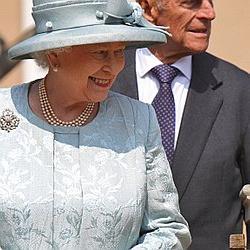Constitution of Great Britain. Features, structure and sources of the Basic Law of the United Kingdom
The Constitution of Great Britain, which has a number of characteristic features, is a unique phenomenon in the modern world.

The second distinctive feature of the British BasicThe law is its flexibility. To revise any constitutional norms, it is not necessary to go through a complex and lengthy procedure of modification (supplementation) practiced in other countries. The flexibility of the constitution does not at all mean its instability. The well-known British conservatism acts as a guarantee of stability of the Basic Law of the country.
Another feature is thatA single act with the title "Constitution of Great Britain" does not exist. In this sense, it is unwritten. The written, that is, fixed on paper, part of the British Constitution includes various legislative acts aimed at regulating matters of a constitutional nature.
The Constitution of Great Britain has three components:
- statute law;
- common (case law);
- constitutional agreements.
Establish the exact number of sources of law thatincludes the Constitution of Great Britain, is not possible due to the lack of criteria by which one or another source should be attributed to one part of the document.

- legal acts adopted several centuries ago (Magna Carta, Bill of Rights, etc.);
- laws passed in the last century (Laws on Parliament, Law on the House of Commons, Laws on the Ministers of the Crown, etc.).

Constitutional agreements (they are also calledconstitutional conventions, convention norms) are part of political practice when political forces establish rules or enter into agreements that become norms.
The legal sources of the British Basic Law also include the published opinions of authoritative scholars on legal issues, that is, doctrinal sources.





